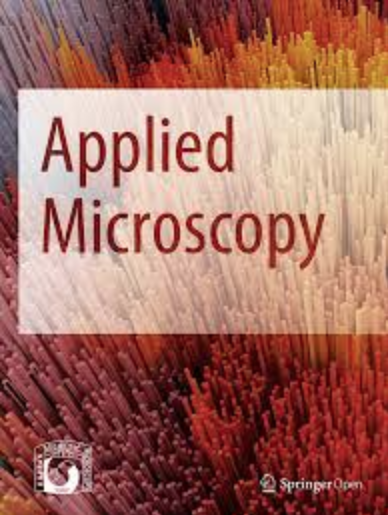Material analysis on semi-permanent makeup needles
Abstract
The cosmetic-tattoo industry is evolving every year and the microstructures of the equipment have the great potential for semi-permanent makeup applications. Present paper explores the materials and microparticles of semi-permanent makeup tattoo needles. The surface of the five-round-shader tattoo needle used in semi-permanent makeup process was examined by scanning electron microscopy, and its elemental composition was analyzed by energy-dispersive X-ray spectroscopy. The comparison of five-round-shader needles have undergone thorough observation: original five-round-shader needle and distorted five-round-shader needle. The diameter of the sharp and rounded needle tip was measured at approximately 6.80 μm, while the deformed needle tip was approximately 16 μm thick, about 2.5 times thicker than the rounded needle tip. Many rosette-shaped lead (Pb) particles and irregular clusters adhere to the welded areas and closely adjacent needle shaft surfaces. The lead particles have a diameter ranging from 4 μm to 5 μm and exhibit a grid-like structure with a consistent thickness of plate-like shape. The distorted structure of Pb in rosette-shaped formations is shown to have originated from the grinding and polishing processes during needle manufacturing. To produce sterilized tattoo needles, high-quality tattoo needle inspection processes are necessary to remove any unhygienic substances adhering to the needle surface.

 求助内容:
求助内容: 应助结果提醒方式:
应助结果提醒方式:


